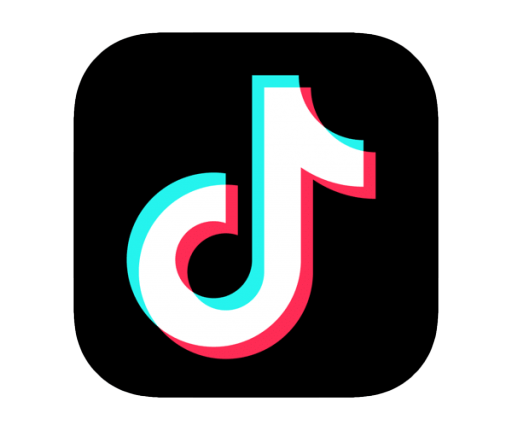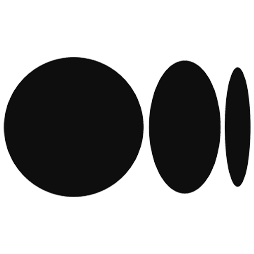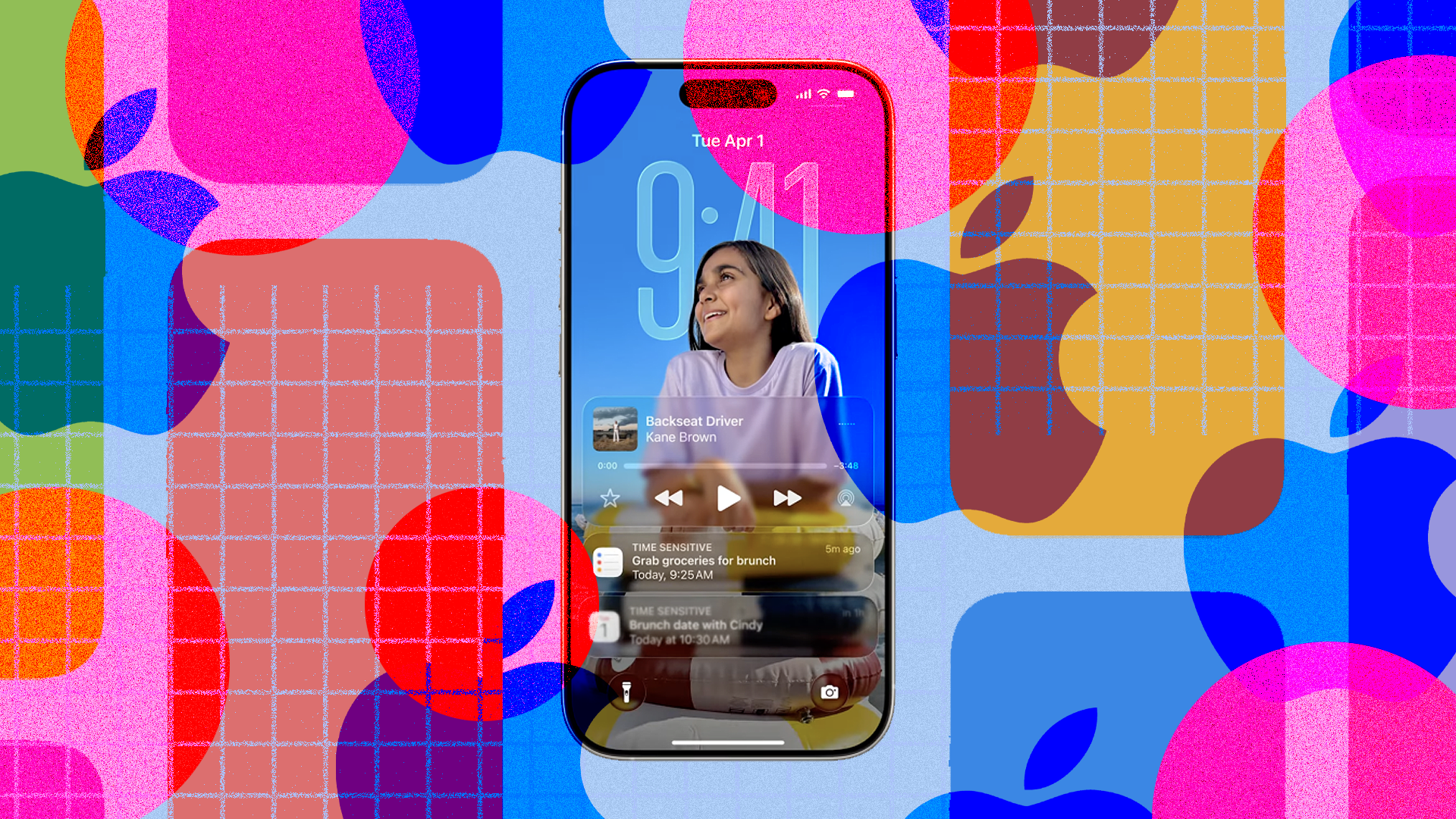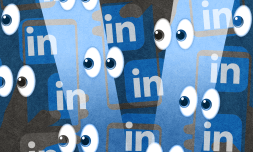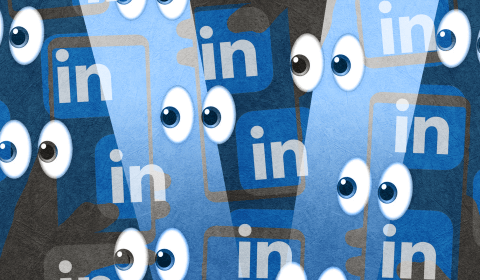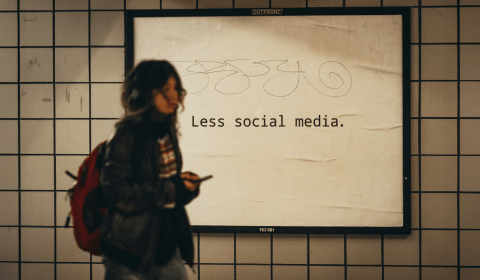The announcement of a new UI design by Apple comes alongside a change in operating system names, as well as other upgrades for its iPhone and iPad products.
Apple has announced and showcased a new ‘liquid glass’ UI design that will impact iPhones, iPads and Macs.
As part of this year’s Worldwide Developer Conference (WWDC 25), the tech firm showed off new, reflective visual interface assets that aim to mimic a ‘glassy’ look.
This rejig of Apple’s flagship UI took centre stage this year, with a surprising lack of AI announcements or mentions.
Tech-savvy experts have already likened the new liquid glass design to Windows Vista, a PC operating system from the late noughties that incorporated similar philosophies of transparency and shiny interface elements.
This change is the biggest Apple has undergone since iOS 7, and is inspired by the company’s VR headset and Vision Pro products.
Most interfaces have incorporated ‘flat design’ into their UX for well over a decade, prioritising minimalist simplicity and bold colour that clearly communicates intent to the user.
We’ve seen this across the board in tech and even in other industries; everything from food items to banking firms have had their logos revamped with flat design in mind.
According to Apple, the new liquid glass display will adapt to each user in real time. The screen colour will shift based on the content on display, and will change depending on whether you’re in a light or dark environment.
The new UI will be present across all of the system, including the lock screen, notification centre, and the control centre.
A neat new gimmick is Apple’s special 3D effect for images. If a photo is selected for your lock screen, iPhone will automatically create a visual alteration that appears to be within a new dimensional plane. Nifty stuff.
Fresh animations have also been introduced for applications across the board, including Apple Music, the home screen and more.





